The latest from the 42nd version of the European Union Air Safety List.
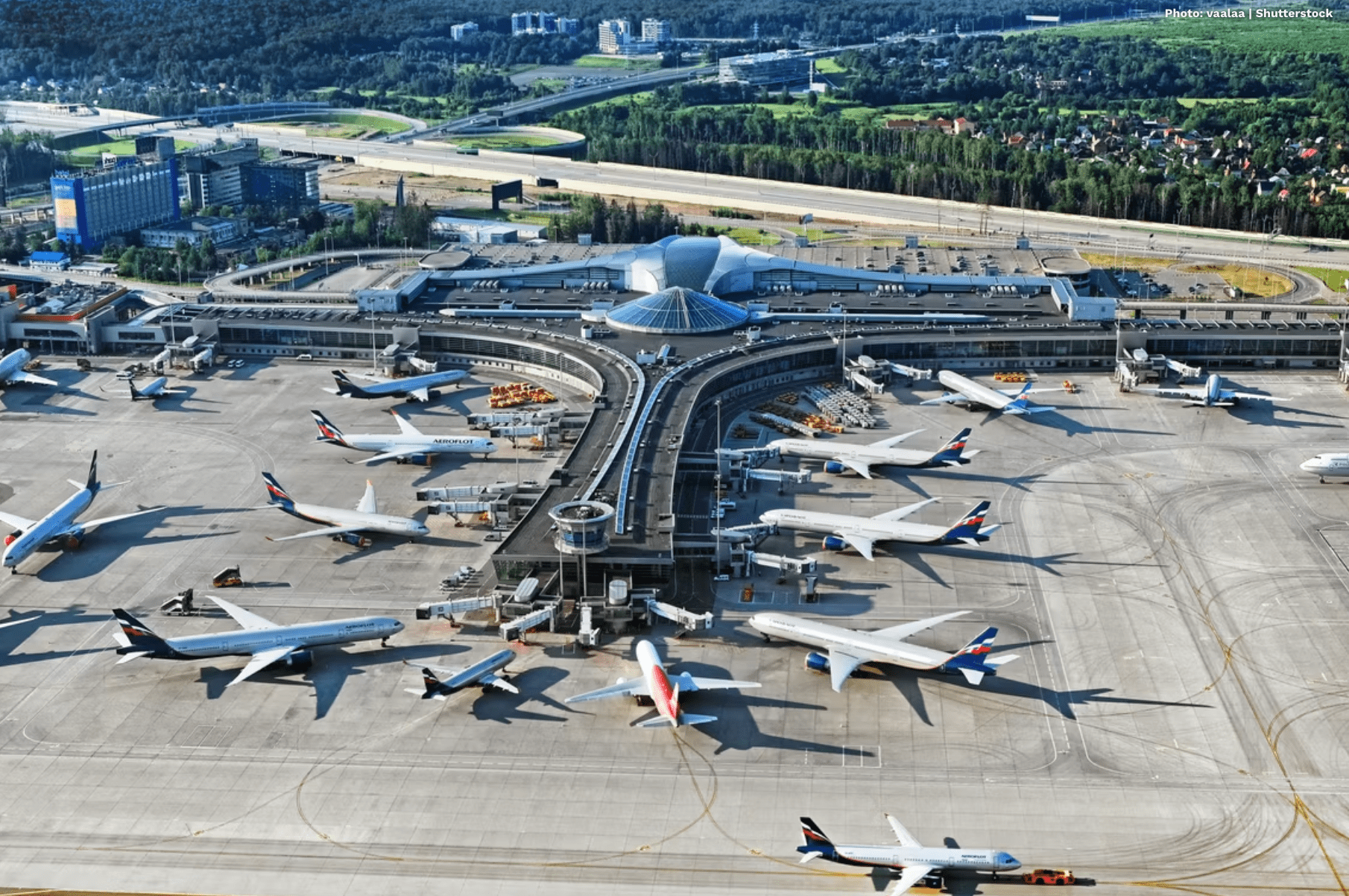
Updated relatively frequently, the European Union Air Safety List – otherwise infamously known as the EU Flight Blacklist is a record of all the airlines that are banned from operating within Europe due to a lack of safety oversight by the aviation authorities and the airlines themselves.
While the previous version included nearly 120 airlines from 15 countries, the latest June version – the 42nd list update, consists of 128 airlines from the same 15 countries. With such a long list, here’s a breakdown of the top five countries with the heaviest blanketed bans – another fancy term for the countries with the most banned air carriers.
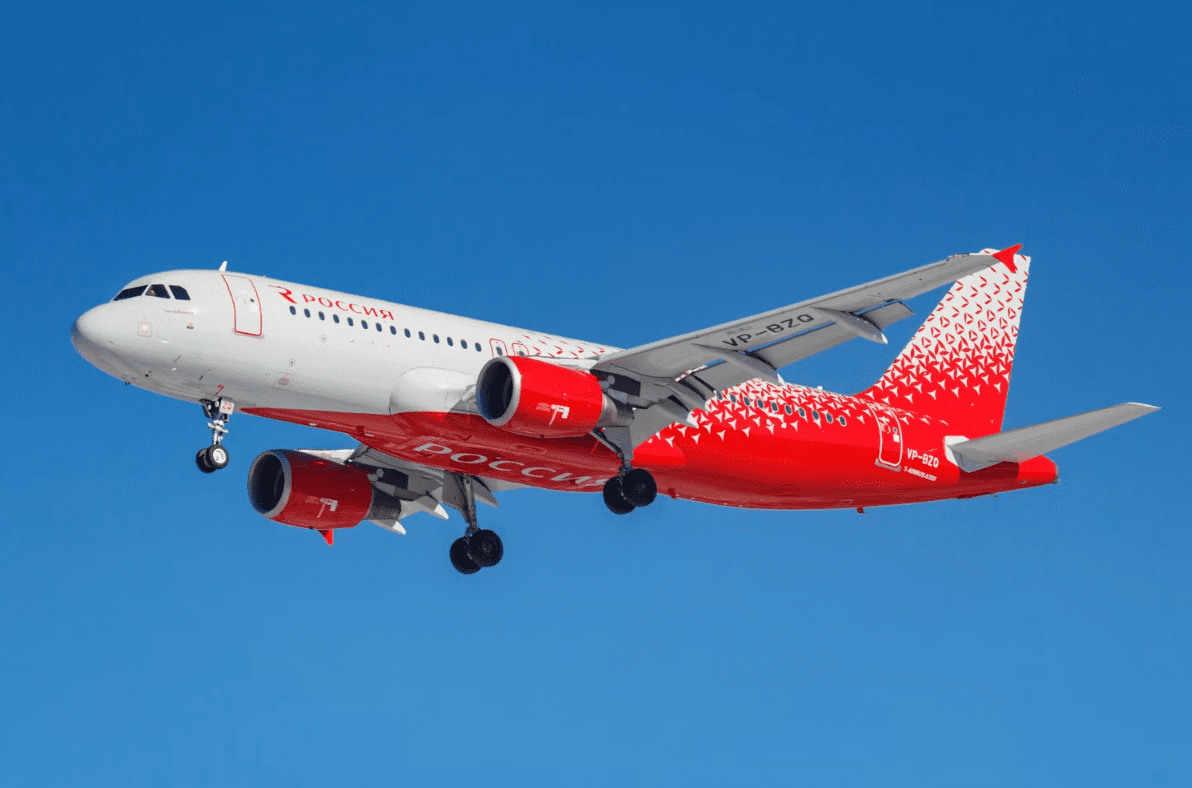
The list also includes Aircompany Ikar, I Fly, Pobeda Airlines, flag carrier Aeroflot, Rossiya Airlines, Skol Airline, and Utair Aviation. It has always been emphasized that the EU Air Safety List is never political. Banning so many Russian carriers is because of the unlawful re-registration of more than 500 aircraft.
Due to the unlawful seizures and re-registrations, the aircraft no longer have a valid Certificate of Airworthiness, and the Russian authorities have been unable to guarantee their airworthiness, which renders any Russian airline operating any of these aircraft as considered unsafe.
2/ Nepal
Up next in line is Nepal, as the list cautiously includes all airlines certified by the authorities with responsibility for regulator oversight. Effective since 2013, the European Union and other jurisdictions have deemed the local aviation authorities in Nepal to be severely lacking in safety oversight, making it necessary for all 20 Nepali carriers to be on the list.
These include Air Dynasty, Altitude Air, Buddha Air, Fishtail Air, Summit Air, Heli Everest, Himalaya Airlines, Kailash Helicopter Services, Makalu Air, Manang Air, Mountain Helicopters, Prabhu Helicopters, flag carrier Nepal Airlines, Saurya Airlines, Shree Airlines, Simrik Air, Simrik Airlines, Sita Air, Tara Air, and Yeti Airlines.

With nearly 30 crashes and hundreds of unfortunate fatalities in three decades, the country’s track record of aviation accidents doesn’t help bring much reassurance either. And although Nepal has appealed for as many years to have its blanketed flight ban lifted, such efforts remain unsuccessful.
3/ Kyrgyzstan
Then in third place, there’s Kyrgyzstan, with the inclusion of all its air carriers banned from operating in European airspace. The 16 airlines include Air Nomad Airlines, Aerostan, Air Company Air KG, AirCompany Moalem, Avia Traffic Company, Central Asian Aviation Services, FlySky Airlines, and Global 8 Airlines.
There is also the inclusion of Heli Sky, KAP.KG, MAC.KG, Sapsan Airline, Sky Jet, Trans Caravan KG, and Tez Jet. Kyrgyzstan was first blacklisted in 2006 after audits found severe shortcomings in the country’s aviation safety practices and regulations and when the airlines’ fleets were in significantly poorly maintained states.
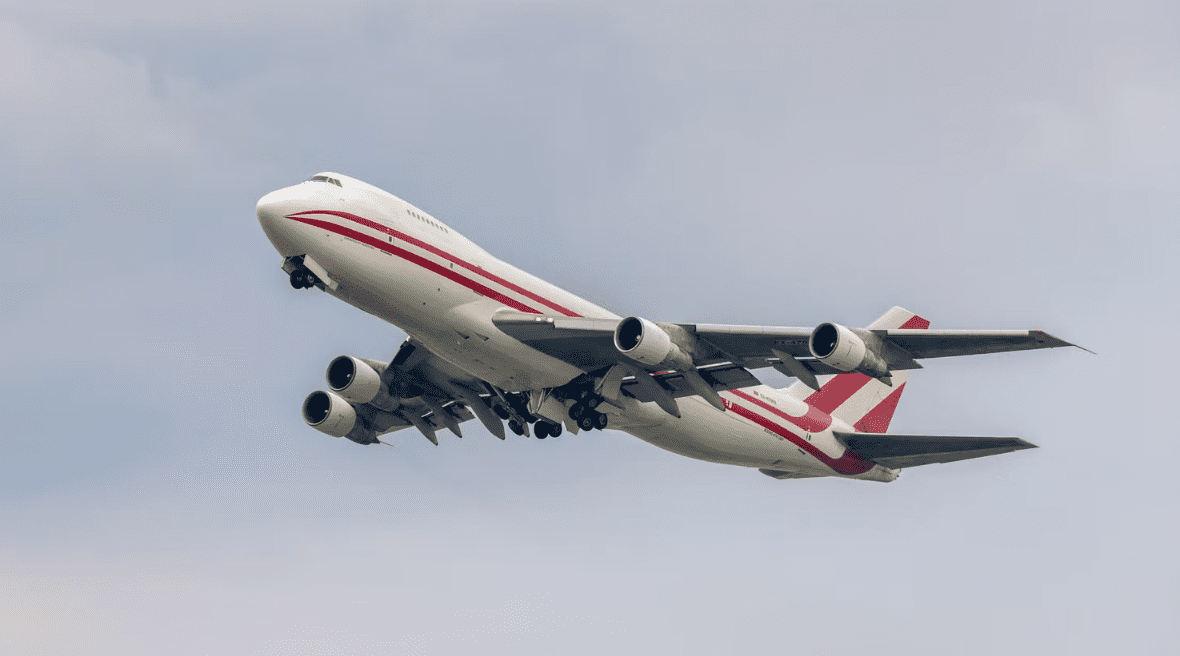
Photo: Telsek | Shutterstock
And similar to the efforts of Nepal, Kyrgyzstan has also tried to appeal against the ban – with a handful of near-successful attempts in previous years that would have required the country to collaborate with IATA and other countries’ aviation authorities to improve flight safety. Unfortunately, such attempts were never thoroughly followed through and fell short.
4/ Democratic Republic of Congo
Following a similar trend of having all aircraft and airlines banned from operating in Europe is the Democratic Republic of Congo, and the list includes AB Business, Air Fast Congo, Air Kasai, Air Katanga, Busy Bee Congo, Compagnie Africaine D’Aviation, Congo Airways, Goma Express, and Kin Avia.
Malu Aviation, Serve Air Cargo, Swala Aviation, and Tracep Congo Aviation are also included to complete the list of all 13 Congolese carriers. The Democratic Republic of Congo was one of the first few countries that received a blanket ban on all air carriers when the European Air Safety List was initially created and has never been close to being removed over the years.
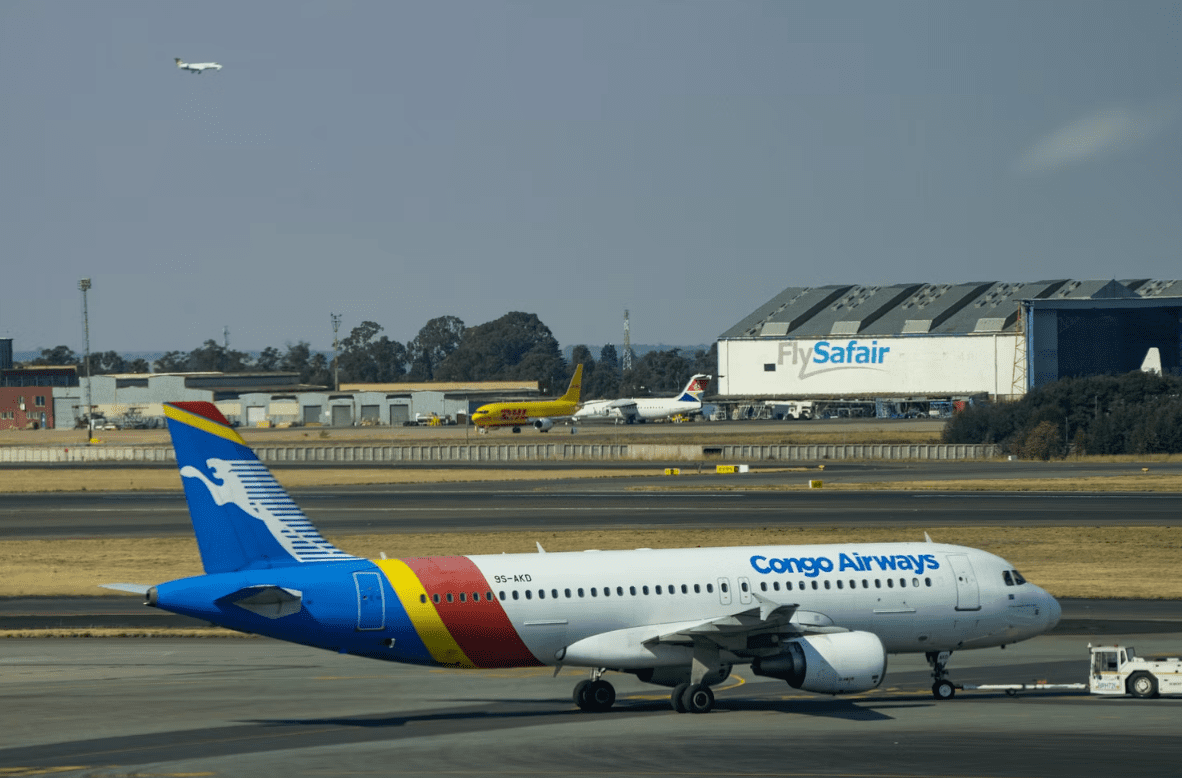
Photo: LO Kin-hei | Shutterstock
The ban on the country and its air carriers is because most aircraft were previously used during the civil war and were converted to passenger and cargo aircraft, failing to meet international safety standards. The in-country aviation safety practices were also found to be lacking, and although the country’s share of global air traffic is less than 0.3%, it has accounted for more than 4% of total aviation accidents since 2010.
5/ Sudan
And closing in this list of the most heavily affected countries is Sudan, as the blacklist bans all 12 Sudanese carriers, such as Alfa Airlines, Badr Airlines, Blue Bird Aviation, Eldinder Aviation, Green Flag Aviation, Helejetic Air, Kata Air Transport, Kush Aviation, Nova Airways, flag carrier Sudan Airways, Sun Air, and Tarco Air.
The complete ban became effected in March 2010, with the European Transport Commissioner at the time citing reasons due to the poor safety performance of the Civil Aviation Authority of Sudan resulting from persistent and ongoing non-compliance with international standards in the area of oversight.
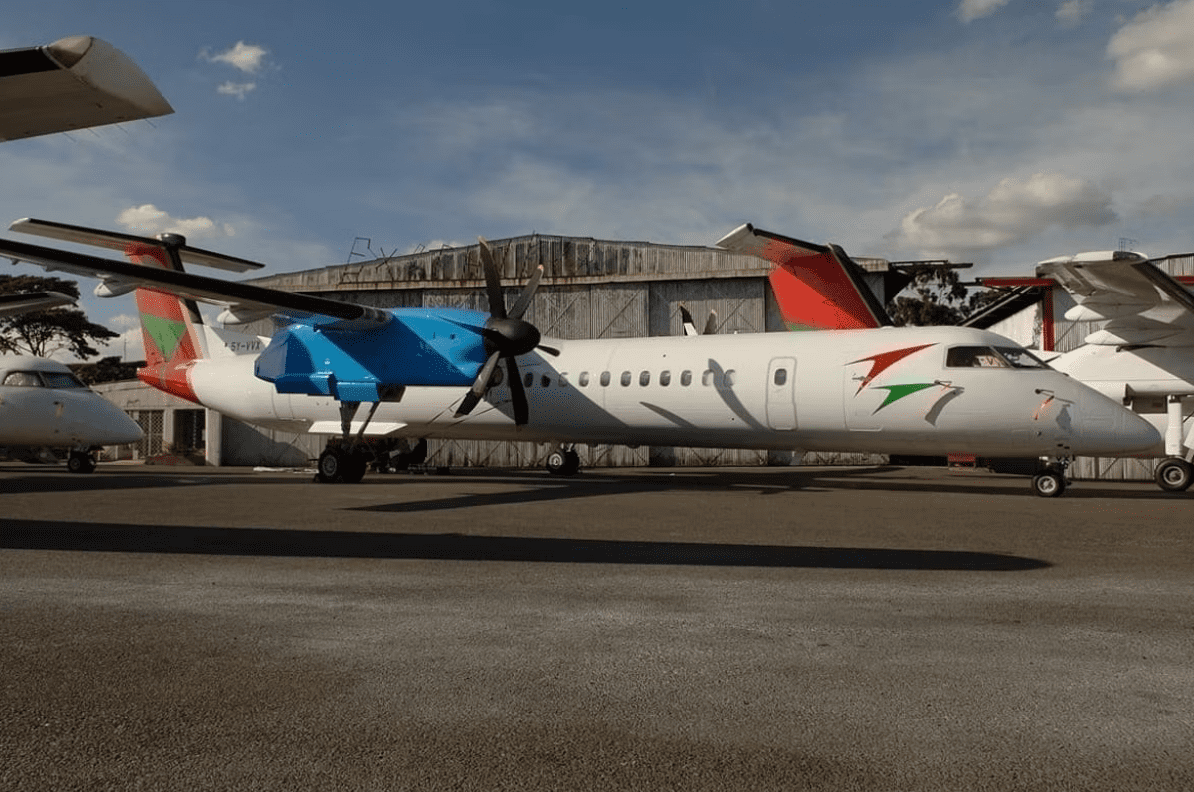
Photo: Guido Potters via Wikimedia Commons
When the ban was first announced, the interim Administration Director of the Civil Authority of Sudan at the time, Al-Hafiz Abdullah, immediately described the decision as entirely unprofessional. He emphasized that his agency continuously adheres to the standards of the International Civil Aviation Organization (ICAO) and has always been seeking new ways to improve its safety practices.
Although viewed as unjustified, Sudan has remained on the blacklist since then. The violence within the country does not help matters either, as additional reasons for the continued ban were given as due to the volatile situation in Sudan caused by ongoing armed clashes, there presents a high risk to civil aviation due to potential misidentification, miscalculation, or collateral damage that would call for the possible use of anti-aircraft weaponry.
Source: Simple Flying
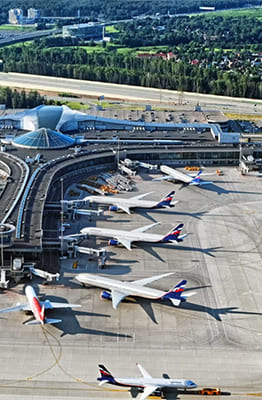
Warning: Illegal string offset 'cookies' in /home/u623323914/domains/eng.bayviet.com.vn/public_html/wp-includes/comment-template.php on line 2564